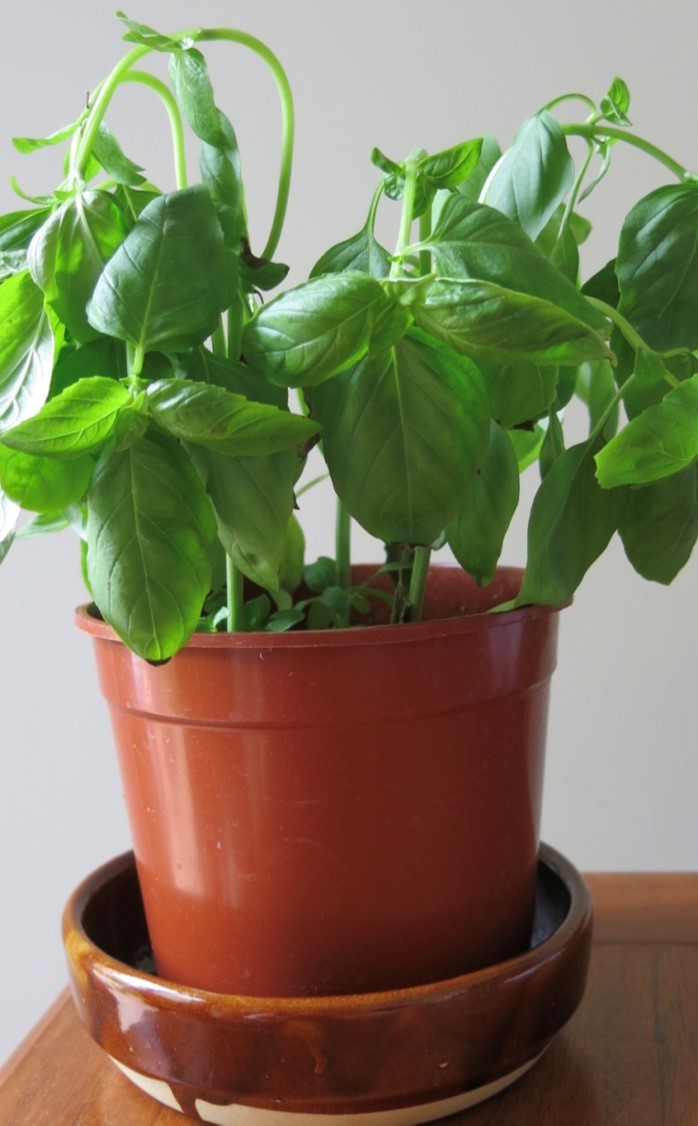10 minutes maximum! Can you do it in 5? Q1+2: The diagram shows a cross section of a plant stem:
|
||
1. What is the name of tissue X?
| ||
2. What substance is translocated in tissue X?
| ||
3-5: A student placed a leaf stalk of celery into a glass of red dye. |
|
|
3. The dye had risen up the celery stalk by the process of ..
| ||
| The student cut through the stalk and examined the section under the microscope:
|
|
|
4. The regions labelled X were coloured red. What does this tell you about the function of the plant tissue in region X?
| ||
5. Which conditions would make the dye rise up the stalk more quickly?
| ||
| 6-8: This section is about plants and water. Select the best word to complete the sentences: | ||
| Water enters root hairs by . | ||
The water passes across the root and enters the xylem. The water rises up the xylem and evaporates from the |
||
| The water vapour out of the leaf, | ||
| through small pores called . | ||
9. A person bought a plant of basil from the shop and left it in a hot kitchen: |
||
|
 several hours later |
|
After a few hours the cells of the leaves in the plant have become ..
| ||
10. The rate of transpiration can be measured using a potometer:
| Theresa Knott | CC 3.0 | |
|
The rate was measured in still warm air and with a hot fan.
| ||
10. In hot and windy conditions, what is the rate of transpiration?
| ||